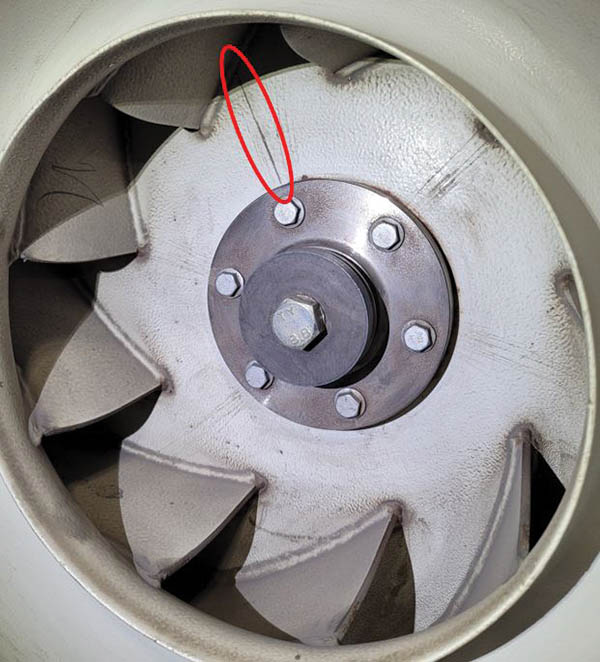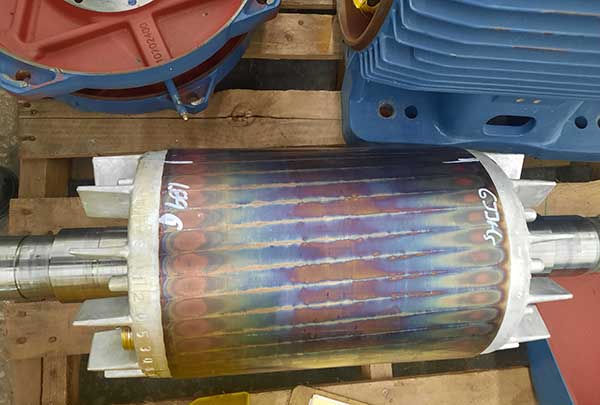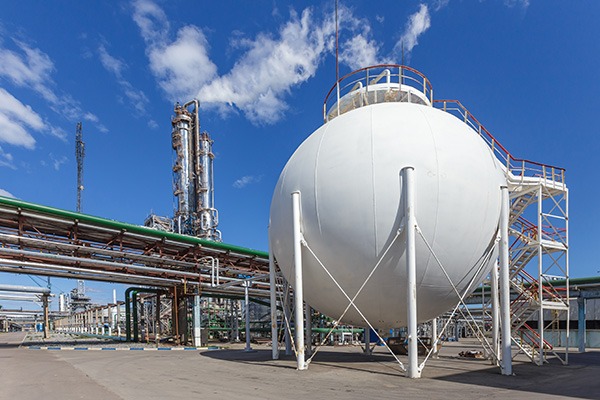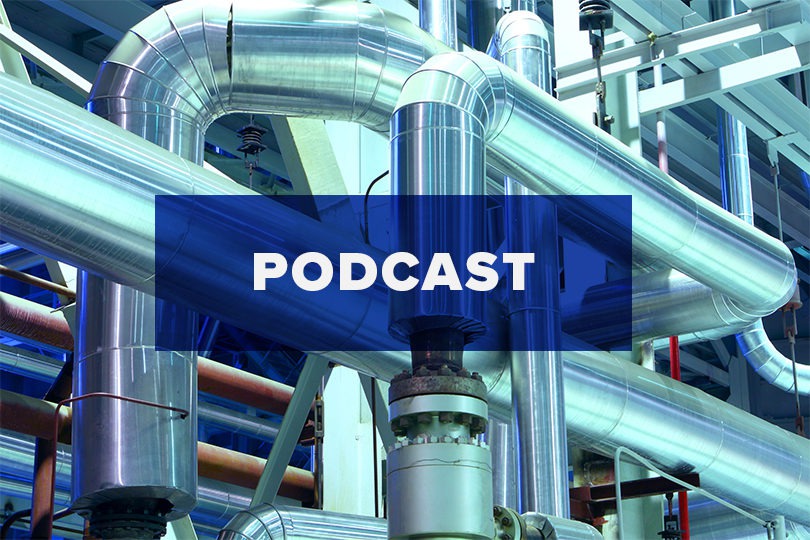Use Vibration To Get Predictive
EP Editorial Staff | June 1, 2021
Vibration analysis is a powerful diagnostic tool that measures vibration waves in machinery, yielding clues to your machinery’s condition such as misalignment, imbalance, and/or bad bearings.
Vibration analysis will reveal excessive wear and tear on mechanical components. In industrial settings, it can detect machinery abnormalities such as motors, bearings, compressors, and gearboxes. Use these tips from Tony Planamento and Kelly Noonan of Advanced Mechanical Enterprises, Ft. Lauderdale, FL (amesolutions.com) to identify problems before they grow into disasters.
Nip it in the bud
Feeling vibration is a warning that machinery needs attention. Unexpected machine failures cause a domino effect that slows or halts production. To avoid this stress and inconvenience, vibration analysis can identify small problems early, allowing time to plan for repairs. For example, a customer heard high-pitched noises from a blower assembly. When vibration analysis was performed on the DC motor and bearings, a faulty SCR was discovered within the motor. If ignored, it could have caused significant damage and led to a full-blown shutdown.
Don’t go down the rabbit hole
Vibration data can put a finger on the root cause of mechanical breakdowns, preventing time-wasting searching and testing and allowing repairs to be implemented faster. For example, a customer was experiencing high bearing temperature alarms and abnormal axial displacement in one of their assets. A vibration analysis showed excessive friction in the bearings. Upon visual inspection, one bearing was rubbing on the casing, and the other bearing’s grease was contaminated.
Keep going and going and going
Vibration analysis increases machinery uptime, reducing mechanical repairs and maximizing production. For example, we received a call from a customer whose glass-tempering line was underperforming compared to another similar line. Vibration analysis indicated a high 1X vibration in a blower fan. When the housing was opened, a large crack was discovered. To minimize the possibility of failure while waiting for a replacement, the fan was balanced to decrease the vibration, thus mitigating progression of the crack.
I always feel like, somebody’s watching me
Because vibration analysis provides hard data about machinery condition, operators always know their equipment’s health status. After collecting vibration data and establishing a baseline, future data can be compared against that baseline to determine how machinery vibrations have changed. In the case of a water-management district, vibration analysis is performed on an annual basis, prior to their intense rainy season. The resulting data allows them to monitor performance trends and catch potential issues before a pump fails at a time when all assets must deliver optimum performance. Trending data also allows better inventory management.
Honey, I shrunk the bill
Overcoming mechanical issues requires increased demand for energy. Vibration analysis detects these issues and alerts the maintenance team to make repairs that return machinery back to peak operational performance. Also, since vibration analysis can increase a facility’s overall efficiency, less energy will be consumed, reducing environmental impact and the electric bill. EP
For more information about vibration-analysis solutions, visit amesolutions.com.













View Comments